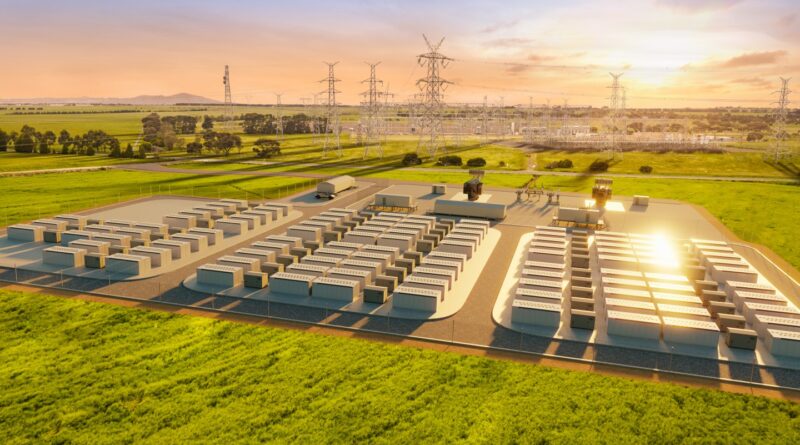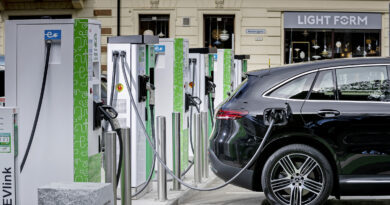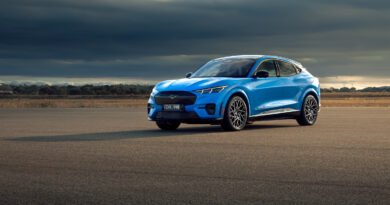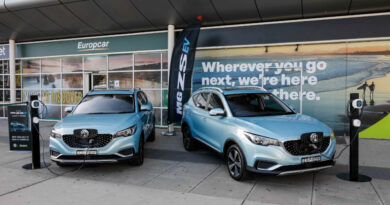Giant Tesla battery to cut EV charging prices in Victoria
Charging an EV in Victoria could soon rely less on coal and more on renewable electricity.
Victoria will build a “humungous” 300-megawatt battery, in partnership with Tesla, to help it move away from dirty coal and to aid with grid stabilisation and renewable-energy storage.
The Victorian Big Battery Megapack (it certainly sounds like Elon Musk was given some input when it came to giving it a childish name) will be a whopping three times bigger than the 100 megawatt Tesla system built in South Australia three years ago, which was the biggest in the world when it was built three years ago.
Victoria’s one-upmanship of South Australia will be built near Geelong, 70km outside Melbourne, and will offer up to 450 megawatt-hours of energy storage and surge capabilities of up to 300 megawatts.
While Tesla made, and met, a pledge to build the South Australian battery, in Hornsdale, in just 100 days, it’s not in quite such a hurry this time. The Geelong facility will not be operational until the end of 2021.
The Geelong location was picked because it is close to wind farms on the south coast as well as large solar installations in the north, and convenient for transmission lines that connect much to the national power grid.

While Tesla is building the battery and providing the technology, the installation will actually be paid for by a French renewable-energy company called Neoen, which already runs solar farms and other projects in Australia. The Victorian government has signed an $84 million contract with Neoen for the project and State Energy Minister Lily D’Ambrosio said it would improve energy reliability and drive down electricity prices.
“We know in the time of climate change, our summers are getting far hotter and much longer, so that means there is increased strain on our thermal generators,” she said.
“This is part of our plan to deliver security, reliability and affordable power.”
Victorians will pay for the battery through their power bills, but South Australia’s experience has already shown that bills are likely to go down rather than up once the battery comes on stream. And EV owners can finally charge their cars with a clear, green conscience.
The Very Huge Battery is also able to deal with load spikes, which means coal-fired stations can run at lower, and thus cheaper, loads.
The real winner, though, is the renewable energy market, which will have an answer to the problem of having energy on hold for when the sun doesn’t shine and the wind doesn’t blow.
Governments all around the world have been impressed by the South Australian success and investment is pouring into large-scale batteries, leading Elon Musk to project that the energy-storage side of Tesla’s business could become just as important, and profitable, as the car-making part.
Tesla chair Robyn Denholm added: “People think of Tesla and they think of the vehicles, and they’re fabulous vehicles, but our mission as a company is to accelerate the world’s transition to renewable energy.”




